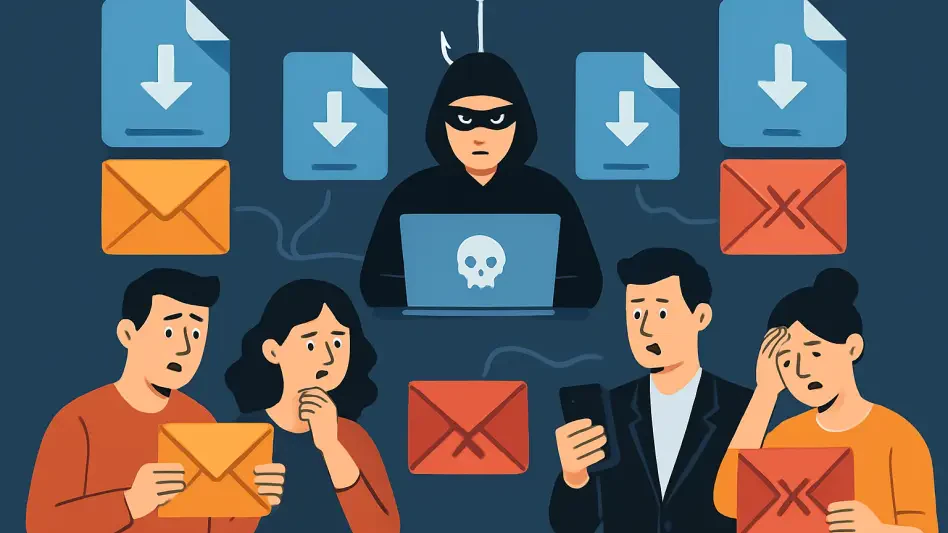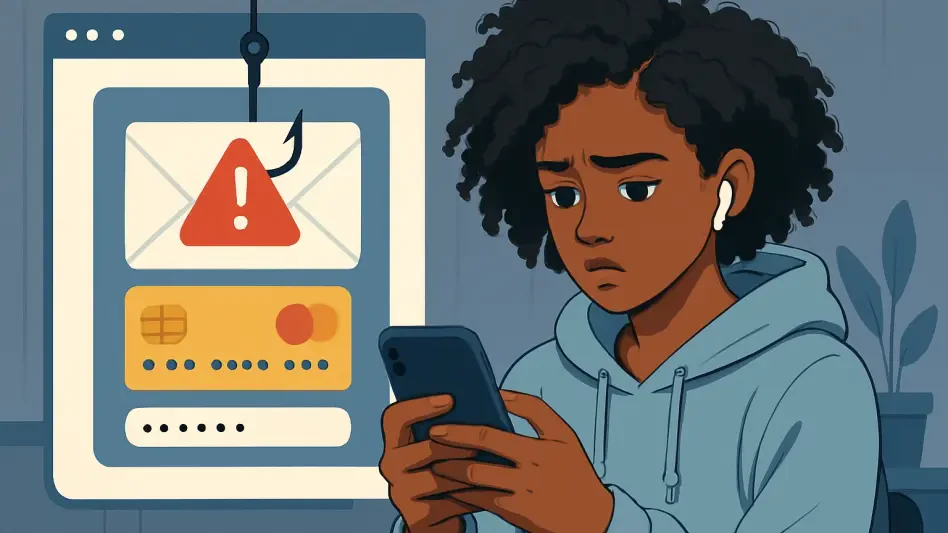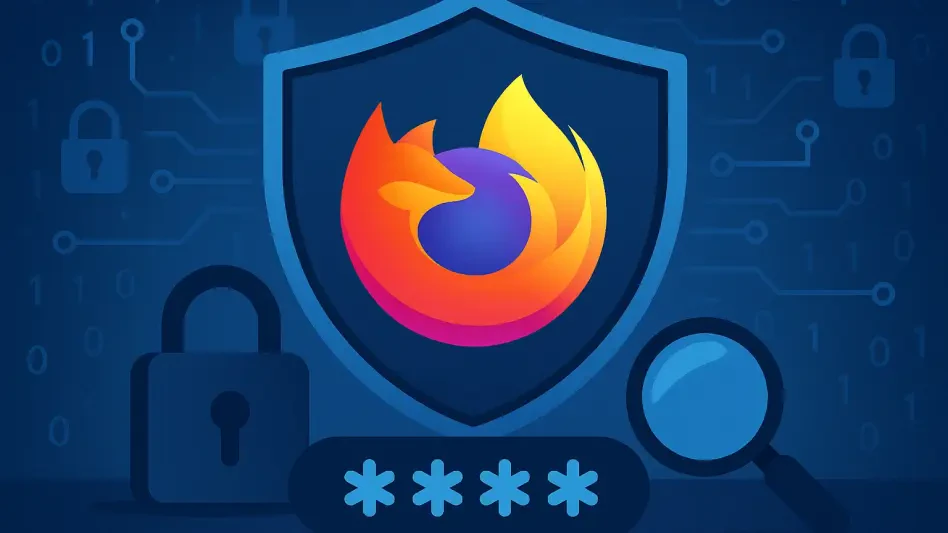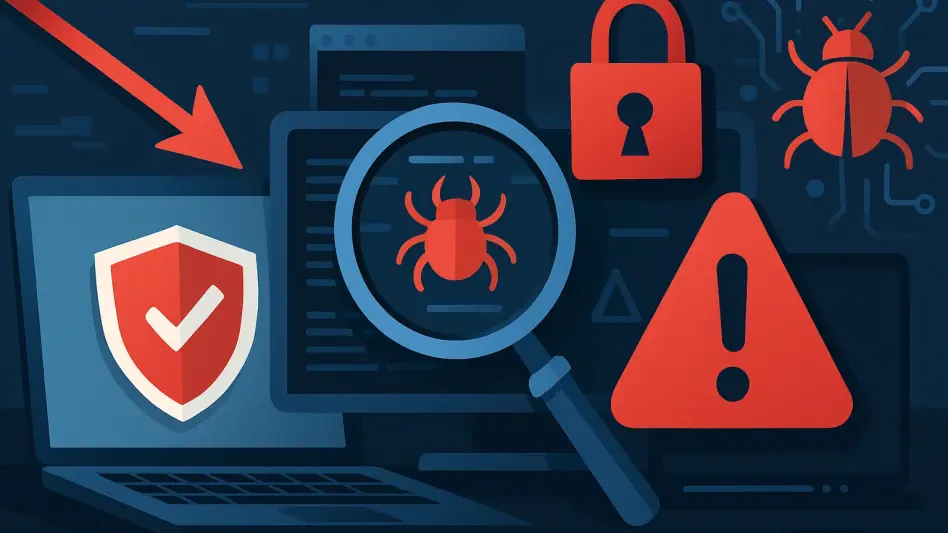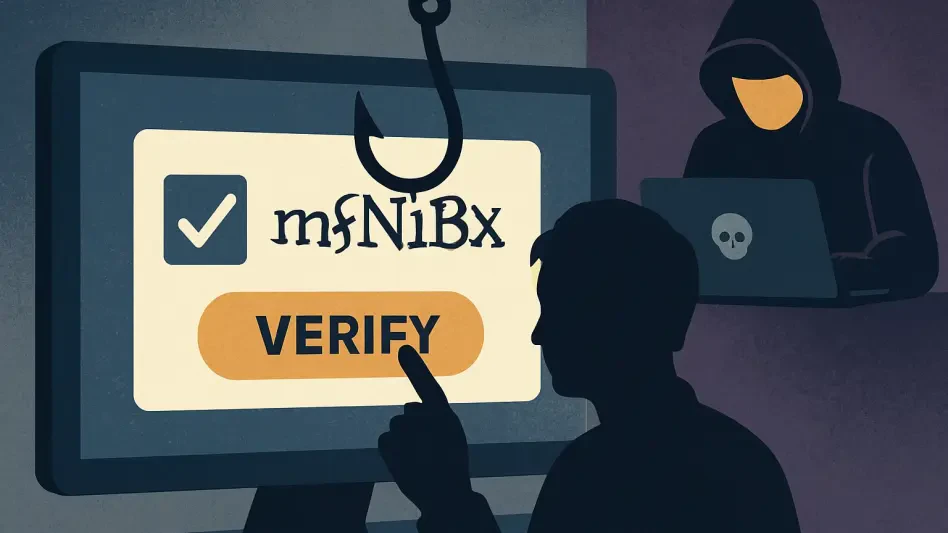In today’s digital world, new forms of scams are constantly emerging, and one of the most prevalent threats is ‘smishing’ scams. These scams involve deceptive text messages sent to trick individuals into revealing personal information or clicking on malicious links. Recently, an increase in smishing scams has been reported, with one such scam involving fraudulent messages appearing to come from EZDriveMA. A fraudulent text message claimed recipients owed money for E-Z Pass tolls. Understanding how these scams work and how to protect yourself is essential to avoid falling victim to such schemes.
1. Report the Incident
If you receive a suspicious text message, the first step is to report the incident. File a complaint with the Internet Crime Complaint Center (IC3), and make sure to include critical details such as the phone number from where the text originated and the website listed within the text. By reporting the fraudulent activity, you contribute to a larger effort to identify and stop the scammers behind these messages. The information you provide can help authorities track and take action against these cybercriminals.
Taking the time to report smishing incidents not only helps protect you but also aids in warning and protecting others. The more information law enforcement and cybercrime authorities have, the better chance they have to shut down these operations. It is a small but significant step in combating the growing threat of smishing scams, and filing a complaint with the IC3 ensures that your case receives appropriate attention.
2. Verify Your Account
Another crucial step in protecting yourself from smishing scams is to verify your account using the legitimate website of the service in question. For instance, if you received a message claiming to be from EZDriveMA, visit their official website directly and check your account for any notifications or issues. Do not click on any links within the suspicious text message, as they could lead to malicious websites designed to steal your information.
By verifying your account through official channels, you can determine the authenticity of any claims made in the text message. If there are legitimate issues with your account, you can address them safely without falling into the trap set by scammers. This practice not only helps you avoid phishing attempts but also ensures that your account information remains secure and accurate.
3. Contact Customer Service
If you receive a smishing message, contacting the customer service of the service mentioned in the text message is another protective measure. Reach out to the toll service’s customer service phone number, such as 877-627-7745 for EZDriveMA, to verify any claims made in the message. Customer service representatives can confirm whether the message is legitimate and provide guidance on how to proceed safely.
Speaking directly with customer service helps clarify the situation and offers peace of mind. It also alerts the legitimate service provider to the fraudulent activity, allowing them to take necessary actions on their end. Trusted customer service support can be an invaluable resource in navigating and resolving any concerns related to smishing scams.
4. Delete Fraudulent Texts
One of the simplest yet effective actions you can take upon receiving a smishing message is to delete it from your phone. Keeping fraudulent texts can tempt you to reconsider or mistakenly click on the malicious links they contain. Eliminating these messages immediately removes the risk of accidentally engaging with the scam.
Deleting fraudulent texts serves as a preventive measure, reducing the chances of falling into a scammer’s trap. It’s essential to be proactive and cautious with any unsolicited or suspicious messages, and quickly removing them from your phone is a straightforward step to maintain your security. This habit ensures that your phone remains free from potential threats and helps you stay focused on legitimate communications.
5. Secure Your Information
Understanding the mechanics of these scams and knowing how to protect yourself is crucial. Smishing messages often appear legitimate, mimicking trusted sources to gain the recipient’s trust. Once trust is gained, these messages typically prompt the target to provide sensitive information or click on a link that may install malware or lead to a phishing site.
To avoid falling victim to smishing scams, always be skeptical of unsolicited text messages, especially those urging immediate action. Never click on links or provide personal information unless you have verified the sender’s authenticity. Use contact information from official websites to confirm any issues with your accounts. Enable security features on your devices and regularly update software to protect against malicious activities. Staying informed and cautious is your best defense against these prevalent digital threats.



